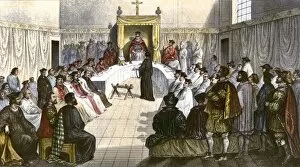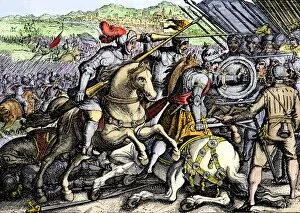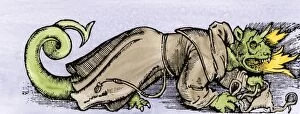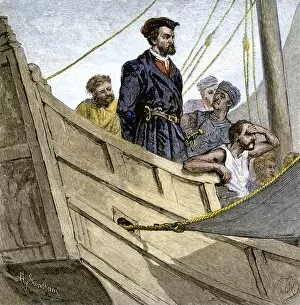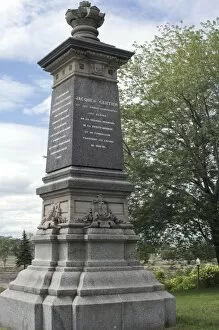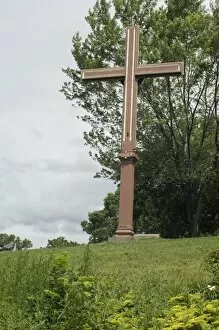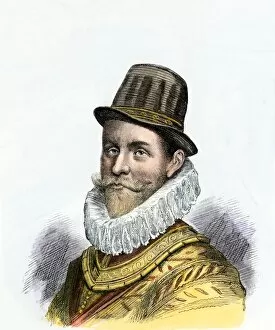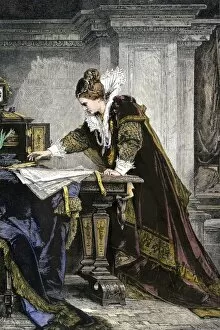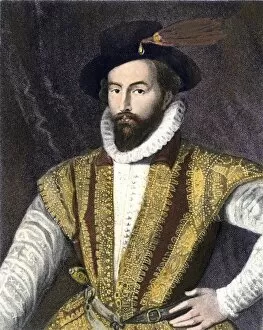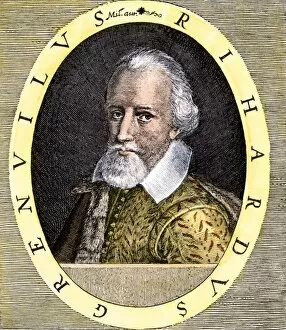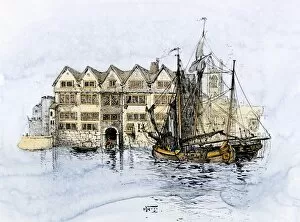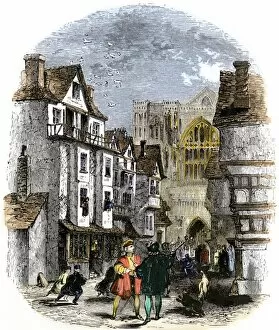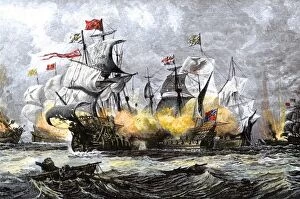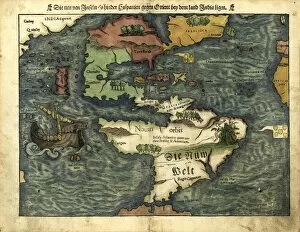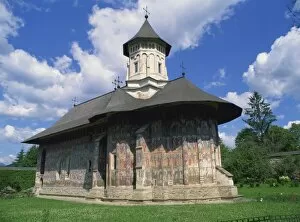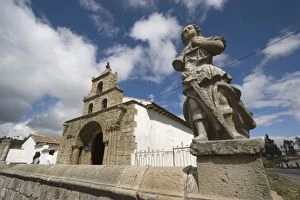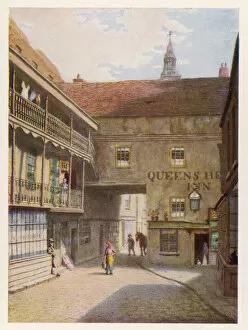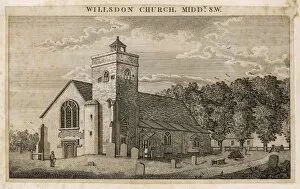1500s Collection (#27)
The 1500s were a time of exploration, innovation, and cultural transformation
For sale as Licensed Images
Choose your image, Select your licence and Download the media
The 1500s were a time of exploration, innovation, and cultural transformation. In the realm of art and science, geniuses like Leonardo da Vinci left their mark with groundbreaking works such as "Skull anatomy, " revealing the intricacies of human anatomy. Meanwhile, cartographers like Gerardus Mercator (GGBR2A-00076) created maps that expanded our understanding of the world. Orteliuss map of the Ottoman Empire in 1570 showcased the vast territories under its rule, while Durer's world map from 1515 provided a glimpse into how people perceived Earth at that time. These maps painted a picture of an ever-expanding global landscape. In Florence during this era, architects and urban planners crafted detailed plans for cities like never before seen. The 16th Century Plan of Florence exemplified this meticulous approach to city design. Oronce Fine's world map from 1531 furthered geographical knowledge by incorporating new discoveries made during expeditions around the globe. It was through these maps that Europeans began to comprehend just how vast our planet truly is. The use of firearms also revolutionized warfare during this period. Arquebusses became prevalent on battlefields across Europe in the 16th century, changing military tactics forever. Religion played a significant role in shaping society during this time as well. Figures like John Calvin emerged as influential theologians whose ideas would have lasting impacts on Protestantism and beyond. Maps continued to evolve throughout the century; one notable example being Map of Palestine in 1588 which depicted important biblical sites within its borders. Similarly, a detailed map showcasing British Isles shed light on England's growing influence over neighboring lands. By the turn of the century, Europe had undergone immense changes politically and culturally - reflected by Map of Europe from 1600 which captured shifting borders and emerging nation-states.

